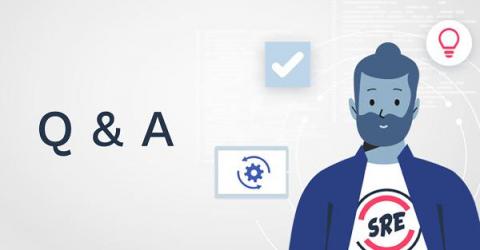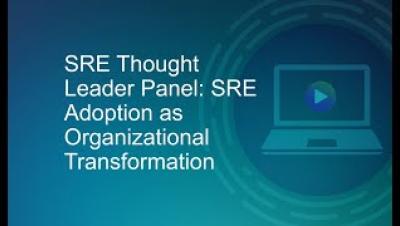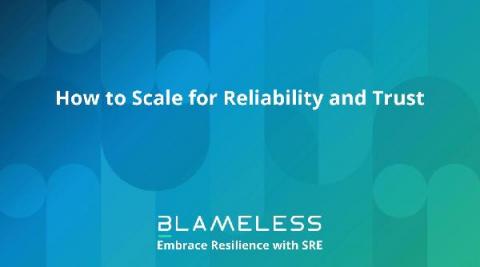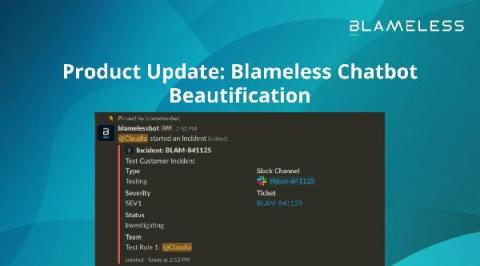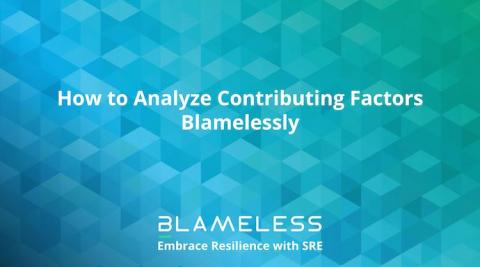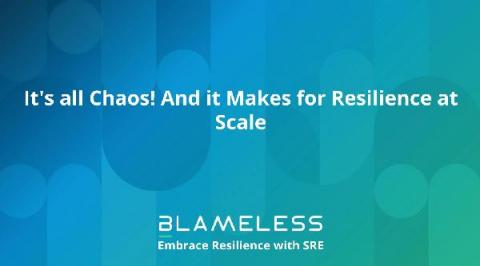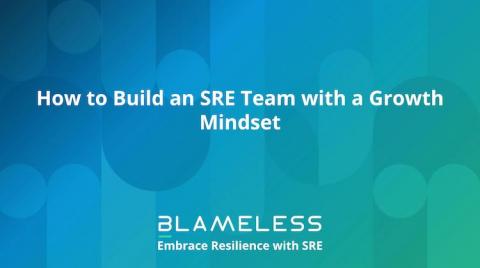Operations | Monitoring | ITSM | DevOps | Cloud
SRE
The latest News and Information on Service Reliability Engineering and related technologies.
An important SRE best practice is analyzing and learning from incidents. When an incident occurs, you shouldn’t think of it as a setback, but as an opportunity to grow. Good incident analysis involves building an incident retrospective. This document will contain everything from incident metrics to the narrative of those involved. These metrics aren’t the whole story, but they can help teams make data-driven decisions. But choosing which metrics are best to analyze can be difficult.
Coffee Break Webinar Series: Intelligent Observability for SRE
A selection of live questions and answers from the audience of our recent webinar on how site reliability engineers can best leverage intelligent observability to monitor SLIs and SLOs, prioritize reliability over functionality, and more.
SRE Thought Leader Panel: SRE Adoption as Organizational Transformation
SRE adoption can be difficult. It’s more than just new tooling; it requires a change of process and mindset as well. So how can we go about convincing our organizations that SRE is worthwhile? How can we drive this change? Learn from experts who have done this in our latest SRE Thought Leader Panel “SRE Adoption as Organizational Transformation.” Panelists include: Kurt Andersen, SRE Architect at Blameless Vanessa Yiu, Executive Director, Enterprise Architecture at Goldman Sachs Tony Hansmann, Former Global CTO at Pivotal Software, Inc. Chris Hendrix (Host), Staff Software Engineer at Blameless.
SREview Issue #11 March 2021
Is it spring yet? Or spring still? Time sure is strange nowadays. At least we have a ton to look forward to in the next few weeks! Here are some of the most exciting Tweets, content, and events happening in the SRE and resilience engineering community this month.
A Day in the Life: Intelligent Observability at Work with a Super SRE
After we’d fixed Aparna’s network issue, James came to see me at my desk. Masks on, socially distanced and all that, but it was nice to have some face-to-face time. James is cool – that dry British humor and not your classic IT Ops dude. He’s been here forever and mentored me when the CIO, Charlie, hired me as the first SRE here a year or so ago. I lucked out really.
How to Scale for Reliability and Trust
As more people depend on your product, reliability expectations tend to grow. For a service to continue succeeding, it has to be one customers can rely upon. At the same time, as you bring on more customers, the technical demands put on your service increase as well. Dealing with both the increased expectations and challenges of reliability as you scale is difficult. You’ll need to maintain your development velocity and build customer trust through transparency.
Product Update: Blameless Chatbot Beautification
Blameless’ Incident Resolution chatbot is getting a makeover. We’re excited to share how this change came about, what the revamp includes, and how Blameless customers can get the most out of it.
How to Analyze Contributing Factors Blamelessly
SRE advocates addressing problems blamelessly. When something goes wrong, don’t try to determine who is at fault. Instead, look for systemic causes. Adopting this approach has many benefits, from the practical to the cultural. Your system will become more resilient as you learn from each failure. Your team will also feel safer when they don’t fear blame, leading to more initiative and innovation. Learning everything you can from incidents is a challenge.
It's all Chaos! And it Makes for Resilience at Scale
Chaos engineering is a practice where engineers simulate failure to see how systems respond. This helps teams proactively identify and fix preventable issues. It also helps teams prepare responses to the types of issues they cannot prevent, such as sudden hardware failure. The goal of chaos engineering is to improve the reliability and resilience of a system. As such, it is an essential part of a mature SRE solution.
How to Build an SRE Team with a Growth Mindset
The biggest benefit of SRE isn’t always the processes or tools, but the cultural shift. Building a blameless culture can profoundly change how your organization functions. Your SRE team should be your champions for cultural development. To drive change, SREs need to embody a growth mindset. They need to believe that their own abilities and perspectives can always grow, and encourage this mindset across the organization.



